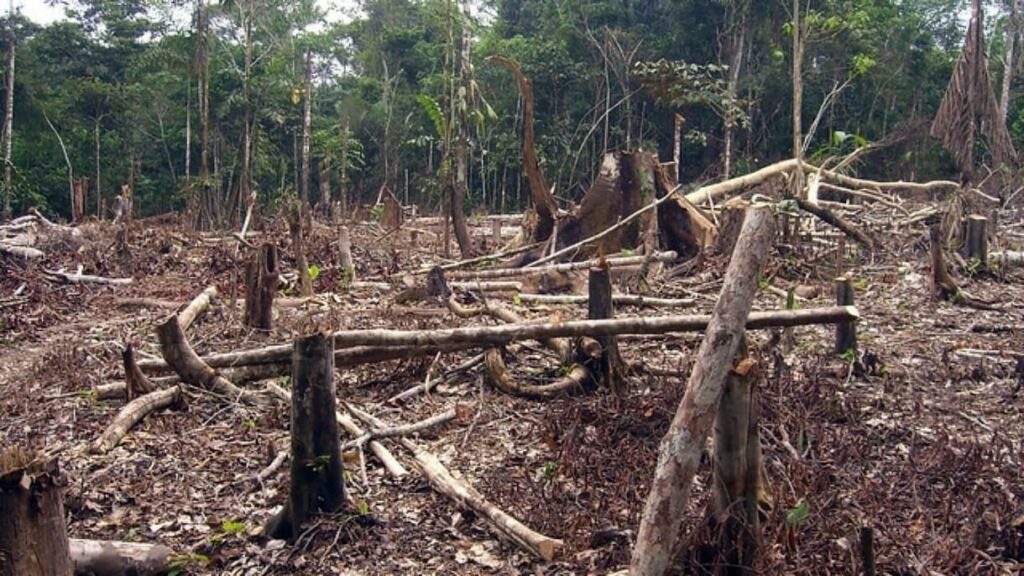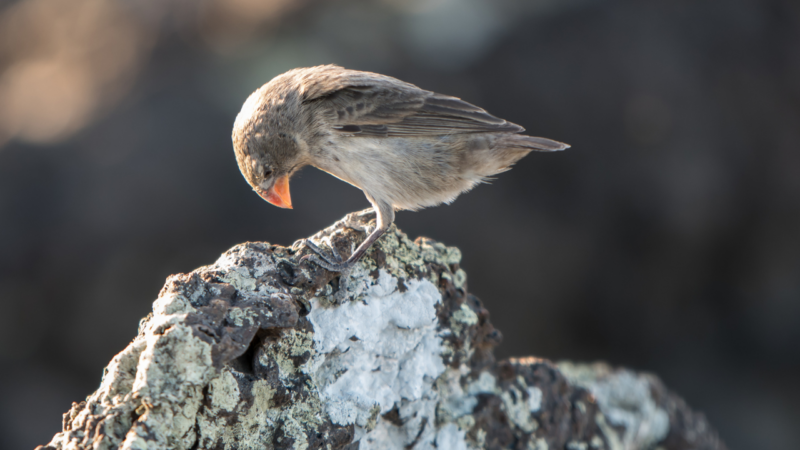
Deforestation surged following end of armed conflict in Colombia
UCLA researcher and Colombian colleagues highlight the importance of good governance of protected areas
Deforestation is skyrocketing in the country with the world’s second-highest number of species. The cause? Ineffective conservation in protected areas following decades of civil war.
In 2016, rebels from Colombia’s largest insurgent group, the Revolutionary Armed Forces of Colombia, or FARC, struck a deal with the national government that ended half a century of armed conflict. During the conflict, the revolutionary forces controlled parts of many protected areas — ecologically significant lands set aside by the government for conservation — and their presence deterred deforestation and resource extraction. With peace, the FARC forces dispersed, and there was nothing to stop rogue mining or illegal logging operations from resuming in the protected areas.
But peace should not get the blame for the alarming burst of deforestation and habitat destruction that took place from 2017 to 2019, said Peter Kareiva, director of UCLA’s Institute of Environment and Sustainability. A new study co-authored by Kareiva and researchers from Colombia instead concludes that a failure of government systems is the main cause of this rapid deforestation. Cattle ranchers and loggers filled the vacuum left by the insurgents, and conservation areas were quickly ravaged by reckless economic development, the study found.
“In the absence of the FARC, there are a lot of parties with the goal of making money as fast as possible,” Kareiva said. “One good way to do it is to clear forest and put in a cattle ranch.”
The assault on Colombia’s conservation lands is globally significant because Colombia is home to over 10% of the world’s known plant and animal species. Though former president Juan Manuel Santos nearly tripled the area of protected land between 2010 and 2018, enforcement is sorely lacking. Most of these areas are protected only on paper, earning them the nickname “paper parks” among conservationists.
“Wars and conflict either terrorize and destroy wildlife or end up being havens for wildlife because they keep humans out,” Kareiva said. “Because Colombia has all of these protected areas, you can actually ask the question scientifically with a large sample size: What happens to protected areas when the conflict stops?”
Using satellite data, the researchers calculated the area of forest cover in 39 different protected areas and their 10-kilometer (6.2-mile) buffer zones for the three years before and after the 2016 peace agreement. The results were shocking.
Deforestation rates went up in 31 of those protected areas — a 177% increase that destroyed nearly 130 square miles of habitat. Buffer zones around protected areas, which are essential for genetic flow and animal migration, experienced a 158% increase in deforestation, or approximately 265 square miles of forest loss.
According to the Nature Conservancy, four square miles of rainforest can contain 1,500 flowering plants, 25,000 species of trees, 400 species of birds and 150 species of butterflies. The post-conflict deforestation documented in Colombia represents an area more than 30 times that size.
“We’ve long known that poor governance, corruption and lack of enforcement can undermine conservation, but in most cases the damage happens incrementally, land parcel by land parcel, each year,” Kareiva said. “In this case, it was like a light switch turning on and off. It was almost instantaneous.”
Clearing land for livestock grazing is the main driver of deforestation worldwide. In Colombia, there is an additional type of agriculture at play. The nation is the world’s largest producer of cocaine and other illegal drugs. These illicit crops are so valuable that there is tremendous incentive for farmers to ignore the restrictions associated with paper parks and plant coca inside remote conservation lands.
A historically weak government presence in Colombia’s rural areas is the main reason illegal deforestation persists, Kareiva said. Claiming land for a cattle ranch is often as easy as chopping down trees. Mining and logging can be just as unregulated.
While conflict kept deforestation rates low in Colombia, the study’s authors stressed that good governance — not further conflict — is the only proper solution.
“Although conflict obstructs land development and prevents illegal usage, it cannot guarantee security for biodiversity,” the study’s authors write. “The system of protected areas of Colombia needs a radical transformation.”
An efficient system for keeping track of who owns what land and establishing effective surveillance and enforcement of protected areas and their buffer zones is the first step, Kareiva said. Targeted ecological restoration of the most degraded areas is also necessary.
Restructuring the broken system will take time and money, the study’s authors emphasize. Economic development in local communities is also crucial for long-term success. This can be achieved through government incentives that reward sustainable forestry or ecotourism.
Top Image: Deforestation in Columbia. | Photo via greenandgrowing.org




